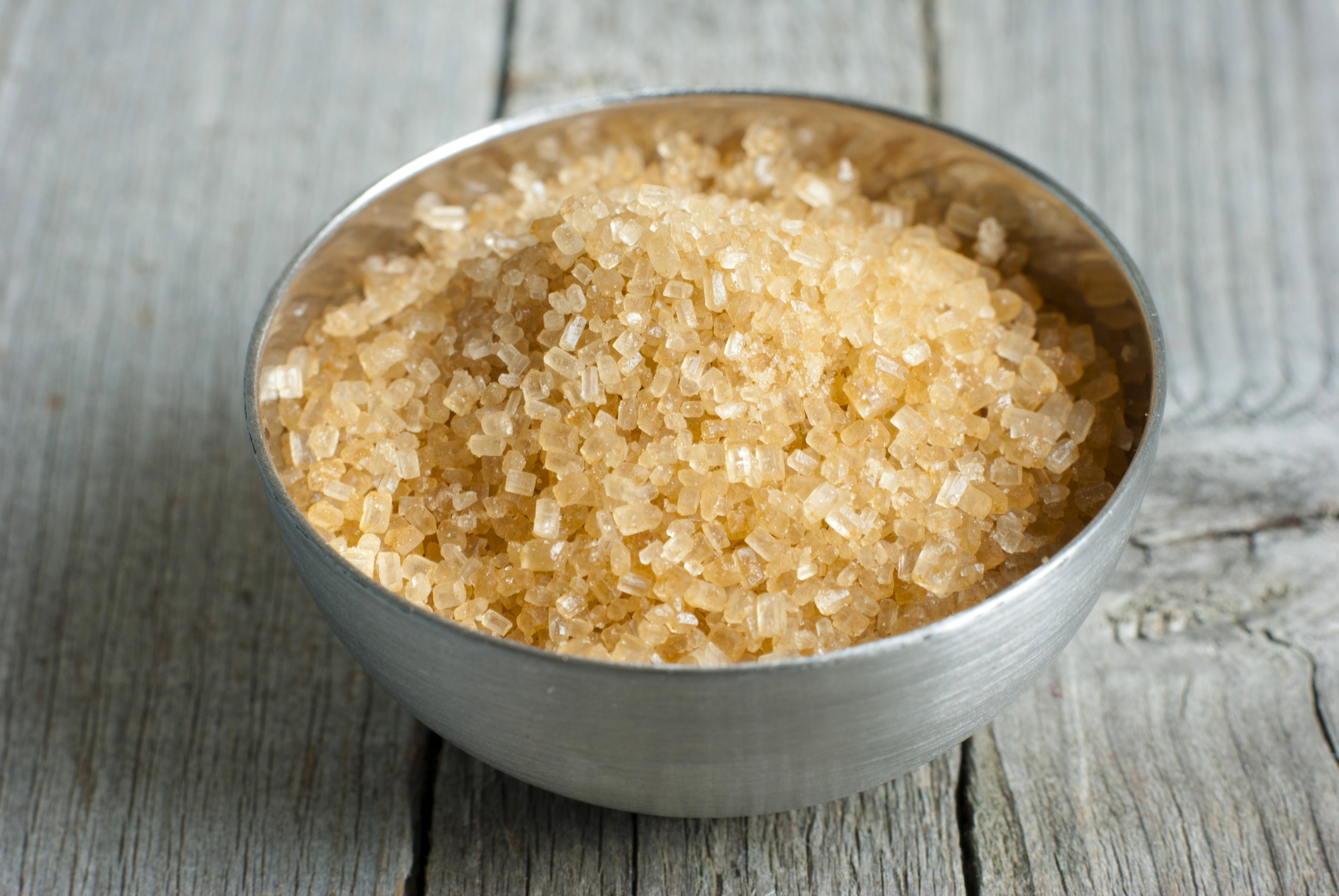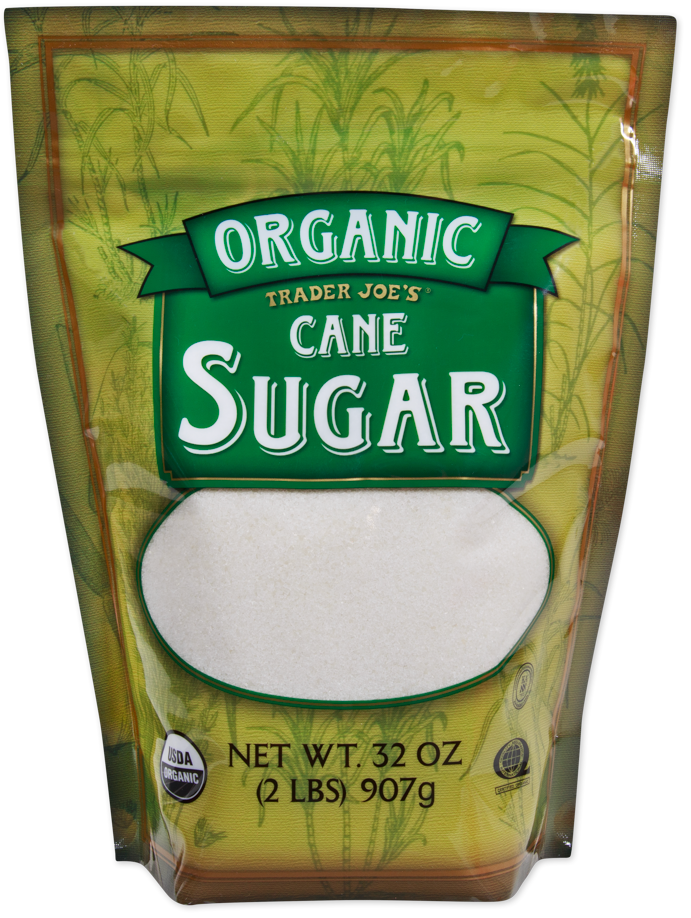Advanced Cane Sugar Processing: Enhancing Performance and Sustainability
Advanced Cane Sugar Processing: Enhancing Performance and Sustainability
Blog Article
Comprehending the Vital Techniques and Technologies Employed in Modern Walking Stick Sugar Processing
The development of walking cane sugar processing has actually been substantially formed by the integration of sophisticated techniques and technologies that resolve both effectiveness and sustainability. Enzyme-assisted removal and sophisticated refining approaches have actually changed yield optimization, while automation assists in functional reliability. Additionally, the emphasis on lasting practices mirrors a growing recognition of environmental influence. As we explore these essential advancements, it comes to be necessary to take a look at just how they not just enhance production but likewise straighten with more comprehensive market patterns and customer demands, increasing concerns regarding the future of sugar handling and its implications for international markets.
Historic Context of Walking Stick Sugar Processing
The historical context of walking cane sugar handling discloses a rich tapestry of farming technology and social exchange that has actually shaped its growth over centuries. Stemming in Southeast Asia, sugarcane was cultivated as early as 8000 BCE - Cane Sugar Processing. The procedure of removing and improving sugar gained energy in India, where techniques for formation were developed around the 6th century. This knowledge went across to the Middle East, and by the 12th century, sugar ended up being a valued product in Europe, causing the establishment of sugar haciendas in the Mediterranean.

Advanced Removal Techniques
Effectiveness in walking stick sugar removal has seen considerable developments, driven by the demand for greater yields and lower manufacturing costs. Traditional techniques have actually developed, paving the way to ingenious technologies that enhance the efficiency of the extraction procedure. One noteworthy advancement is using enzyme-assisted extraction, wherein details enzymes damage down cell wall surfaces and release even more sucrose from the walking cane fibers. This technique not only boosts sugar return however additionally decreases the power required for handling.
In addition, the adoption of membrane filtering technologies, such as nanofiltration and reverse osmosis, has transformed the separation of sugar from impurities. These methods enable the selective permeation of sugar molecules while keeping larger pollutants, simplifying the removal process and reducing waste.
Furthermore, the integration of continuous extraction systems has actually brought about boosted operational efficiency. Cane Sugar Processing. These systems maintain a constant flow of walking stick material, ensuring optimum removal problems and minimizing downtime linked with set processing
Cutting-edge Refining Technologies
Refining strategies in cane sugar handling have undertaken a transformative change, driven by the need for greater purity and improved item quality. Among one of the most remarkable innovations is the fostering of membrane purification modern technologies, such as ultrafiltration and nanofiltration. These processes effectively eliminate impurities and colorants without the demand for extensive chemical therapies, thereby protecting the sugar's natural flavor and boosting its appeal.
One more significant improvement is the use of ion exchange resins, which permit selective elimination of unwanted ions from sugar options. This technology not only boosts the overall purity of the last item yet also adds to reduced waste and environmental effect.
In addition, advancements in adsorption strategies, utilizing description triggered carbon and various other sophisticated materials, have proven efficient in decolorizing sugar solutions while preserving ideal high quality. The assimilation of these innovative refining technologies makes sure that suppliers can produce refined sugar with exceptional clarity and preference, meeting the developing choices of consumers.
Automation and Control Systems
Recent innovations in refining modern technologies have paved the method for considerable renovations in automation and control systems within walking cane sugar processing facilities. These systems use innovative software application and hardware to enhance operational efficiency, reduce human error, and guarantee regular item high quality.
Modern automation integrates different components, consisting of Check This Out sensing units, actuators, and programmable logic controllers (PLCs), making it possible for real-time surveillance and control of important procedures. As an example, temperature level, stress, and circulation rates can be precisely regulated throughout removal, information, and crystallization phases, optimizing performance and decreasing waste.
Furthermore, advanced information analytics and artificial intelligence algorithms play a critical role in predictive upkeep, enabling operators to prepare for devices failures prior to they happen. This positive method not just minimizes downtime but additionally extends the life-span of equipment.
In enhancement, automation assists in the implementation of Sector 4.0 principles, equipping sugar mills to attain higher connection and data exchange across procedures. Because of this, decision-making ends up being even more enlightened and nimble, ultimately boosting the total competitiveness of walking cane sugar manufacturing. With these advancements, the sector is well-positioned to meet expanding worldwide needs while preserving functional quality.
Sustainability Practices in Sugar Manufacturing
Sustainability practices in sugar manufacturing have become progressively vital as the sector seeks to balance economic stability with ecological obligation. As consumer recognition grows concerning the ecological influences of farming techniques, sugar manufacturers are embracing ingenious approaches to decrease their environmental footprint.
One considerable why not try here approach is the implementation of precision farming strategies, which make use of data analytics to maximize resource use, such as water and fertilizers. This decreases waste and lessens the influence on neighborhood environments. Additionally, several producers are transitioning to sustainable energy resources, such as biomass from sugarcane by-products, to power their operations, thus reducing reliance on fossil fuels.
Water administration methods are likewise important; rain harvesting and reliable watering systems aid alleviate water shortage problems. Cane Sugar Processing. In addition, incorporated pest management strategies lower chemical use, promoting biodiversity and soil health
Company social obligation campaigns are arising, with firms buying regional communities and guaranteeing reasonable labor methods. By accepting these sustainability methods, the sugar industry not only improves its reputation yet likewise adds to a more lasting farming landscape, leading the way for future generations.

Conclusion
In summary, modern cane sugar processing incorporates a variety of sophisticated techniques and modern technologies that substantially enhance yield, efficiency, and sustainability. Collectively, these advancements place the walking stick sugar market to meet modern demands while resolving important worldwide difficulties.
The development of walking stick sugar handling has been significantly formed by the integration of innovative methods and technologies that resolve both efficiency and sustainability.The historical context of walking cane sugar handling exposes a rich tapestry of farming innovation and cultural exchange that has actually formed its development over centuries. Developments in milling and refining arised, laying the groundwork for modern-day walking stick sugar handling.Refining techniques in walking stick sugar handling have actually undergone a transformative change, driven by the demand for greater pureness and boosted product top quality.In recap, modern cane sugar processing incorporates an array of innovative methods and innovations that significantly boost performance, return, and sustainability.
Report this page